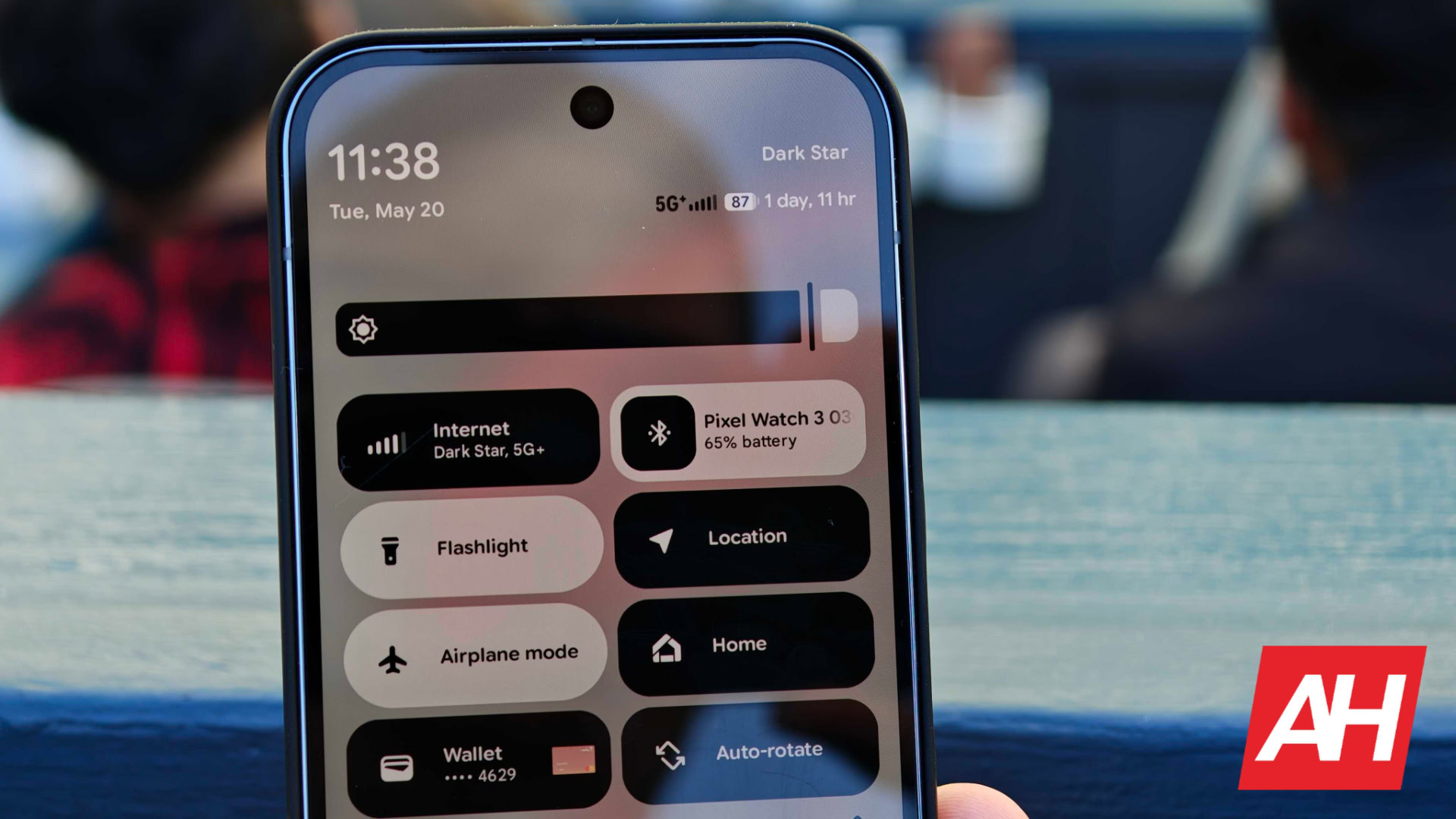Android users are in for a treat as Chrome undergoes a significant visual transformation, embracing the Material 3 Expressive design language. This modernization aims to provide a more vibrant, intuitive, and personalized browsing experience, aligning Chrome with Google’s broader design philosophy. The changes, driven by Google’s design teams, are set to refresh the way users interact with Chrome on their Android devices, promising a more engaging and delightful experience.
Material 3 Expressive Arrives on Chrome for Android
The rollout of these expressive tweaks began in the Chrome Canary channel around June 2025, offering a sneak peek into the future of Chrome’s interface. According to reports from Android Authority and 9to5Google, the wider deployment to the stable channel is expected to follow in the weeks after the initial Canary release. As of late August 2025, Chrome 139 on Pixel 10 devices running Android 16 QPR2 Beta 1 showcases these changes, demonstrating Google’s commitment to a phased and expanding availability. Google officially introduced Material 3 Expressive for Android and Wear OS devices in May 2025, signaling a unified design direction across its platforms, as noted in The Keyword’s coverage of the event.
Scope of the Redesign
The primary focus of this redesign is the Chrome for Android application itself. This means that users on Android smartphones and tablets will experience the updated visual elements and interactions directly within the browser. The impact is comprehensive, touching various aspects of the user interface to create a cohesive and modern feel.
Rationale Behind the Update: A More Personal Experience
The driving force behind this update is to modernize Chrome’s interface, ensuring consistency with Google’s overarching Material 3 Expressive design language. This new design philosophy prioritizes interfaces that are more colorful, emotive, and personalized. The ultimate goal, as highlighted by UX World, is to enhance user engagement and ease of use. Google’s commitment to user-centric design is evident in the extensive research conducted, which included 46 global studies with over 18,000 participants, as detailed in Google’s official documentation. This research aimed to ensure that the expressive visuals not only delight users but also improve the overall usability of the browser.
Key Changes and User Impact
Users can anticipate a noticeably refreshed interface, characterized by cleaner visuals, more vibrant colors, and smoother animations. Android Police has documented several key changes that contribute to this enhanced experience:
- Overflow Menu Refresh: A minor but noticeable refresh has been applied to the overflow menu, now featuring circular buttons for a more modern look.
- Colorful Tab Groups: Tab groups are now more visually distinct, with the selected color applying to the entire card, making it easier to identify and manage different browsing sessions.
- Bouncy Tab Switcher Animation: A new bouncy animation has been introduced for the tab switcher, adding a playful and engaging element to the browsing experience.
- Rounded Segmented Progress Bar: The address bar now features a rounded segmented progress bar, providing a more aesthetically pleasing way to track page loading progress.
- Circular Action Icons: Frequently used actions like bookmarks and downloads are now presented in easy-to-spot circular icons, improving discoverability and accessibility.
- Color-Themed Unselected Tab Groups: Unselected tab groups now dynamically pick up colors from their page content, further enhancing visual clarity and organization.
These modifications are strategically implemented to make the device feel more unique and provide a browsing experience that is fluid, personal, and delightful. According to Lifehacker, the changes aim to reduce user friction and make common tasks more intuitive.
The Future of Chrome’s Design
The adoption of Material 3 Expressive in Chrome for Android signifies Google’s commitment to evolving its design language and providing users with a consistent and modern experience across its ecosystem. This update is not merely a cosmetic change but a strategic move to enhance usability, engagement, and personalization. As Google continues to iterate on its design, users can expect further refinements and innovations that will shape the future of browsing on Android devices. The insights shared on Reddit forums indicate a generally positive reception to the changes, with users appreciating the fresh and modern look.
In conclusion, the Material 3 Expressive redesign of Chrome for Android represents a significant step forward in enhancing the user experience. By incorporating vibrant colors, smoother animations, and intuitive design elements, Google is creating a more engaging and personalized browsing environment for Android users. The changes, backed by extensive research and user feedback, promise to make Chrome an even more delightful and efficient tool for accessing the web.




:max_bytes(150000):strip_icc():focal(1062x595:1064x597)/Nobody-Wants-This-Ending-Explained-Hereis-Where-Noah-Joanne-Leave-Off-And-What-It-Means-for-Potential-Season-two-tout-f2c0f0235d4c4ef3a3c0eca5c173a047.jpg?w=1024&resize=1024,1024&ssl=1)
